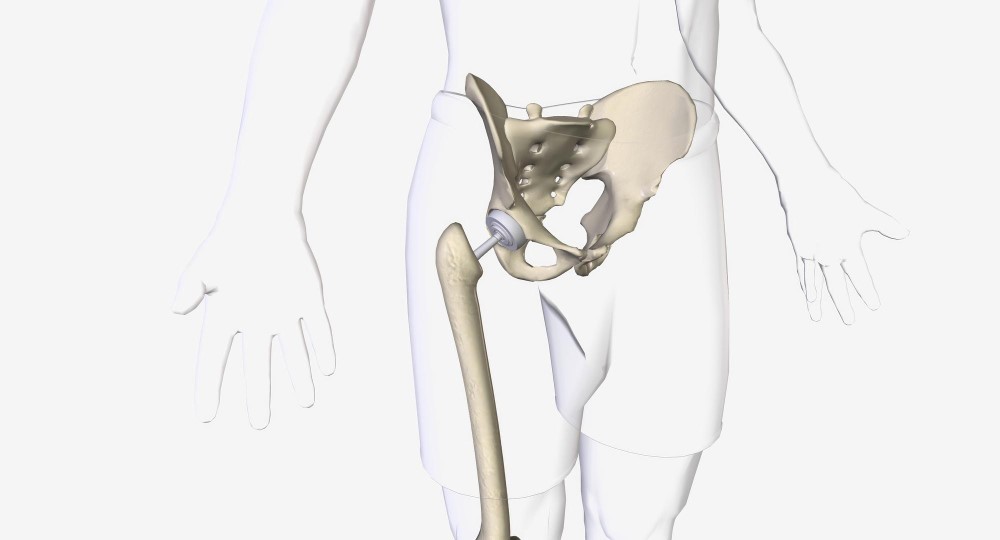Pelviacetabular surgery is a medical procedure that helps people with serious hip and pelvic injuries. This type of surgery is vital for those who have experienced significant trauma. It’s often needed to fix injuries from car accidents or falls, where the bones in the hip and pelvis are broken or damaged.
Identifying candidates for surgery: common scenarios
Not everyone needs this surgery. It’s often recommended for people who have difficulty walking or standing due to severe pain or injury in the hip area. Other candidates might include those whose injuries cause ongoing pain and limit their daily activities.
Ensuring readers are familiar with the full journey from diagnosis to recovery
This blog will guide you through the entire process of pelviacetabular surgery: how it’s decided, how to prepare, what happens during the surgery, and how to recover afterward. Let’s simplify and demystify the journey for better understanding.
The Journey from Diagnosis to Pre-Surgery Preparation
Recognizing symptoms: When pain and discomfort signal a deeper issue
Pain in the hip and pelvis isn’t something to ignore. When it prevents normal movement or causes severe discomfort, it’s time to see a doctor. These symptoms could signal a need for pelviacetabular surgery.
Diagnostic methods and evaluating the need for surgical intervention
Doctors use several methods to decide if this surgery is right. X-rays and MRIs are common tools to view the bones in detail. These images help doctors see where the bones are damaged and need fixing. Lab tests might also help ensure the body is ready for surgery.
Preparations pre-surgery: Medical consultations and lifestyle changes
Before surgery, doctors might recommend certain changes. Patients may need to stop certain medications or change their diet. Quitting smoking can also improve healing. These steps are essential in the preparation for pelviacetabular surgery.
Psychological readiness: Setting expectations and mental preparation
Being mentally ready is as crucial as the physical prep. Understand that recovery takes time. Talk with doctors about what to expect. Ask questions so you feel comfortable with the process. Having a good support system from family or friends is also helpful during this time.
Surgery and Immediate Recovery: Steps to Healing
Detailed overview of the surgical procedure: ORIF and minimally invasive options
There are different ways to fix hip and pelvic injuries. One common method is ORIF, which stands for Open Reduction and Internal Fixation. This involves putting the bones back in place and holding them with metal screws or plates. Some patients may have options for less invasive techniques, depending on their injuries.
What to expect on the day of surgery and the surgical team involved
On surgery day, the medical team explains each step. Patients meet with surgeons, anesthesiologists, and nurses. Everyone helps to make the procedure as smooth as possible. The surgery can take several hours, and after, patients go to a recovery room.
Post-operative care essentials: Managing pain and beginning recovery
After surgery, managing pain is a top priority. Hospitals provide medicines to help with this. It’s also vital to prevent blood clots by wearing special stockings and moving as soon as it’s safe.
Physical therapy and rehabilitation: Steps to regain mobility
Physical therapy starts soon after surgery. Therapists teach exercises to strengthen the hip and pelvic area. Regular therapy sessions help regain strength and improve mobility. This part of pelviacetabular surgery recovery is key to returning to normal activities.
Long-term Impact and Lifestyle Adjustments Post-Surgery
Understanding potential risks and how they are managed
No surgery is without risks. Possible complications of pelviacetabular surgery include infection and blood clots. However, the medical team monitors for these and acts quickly if needed. Discussing risks with doctors helps to prepare and manage them effectively.
Recovering at home: Balancing work, daily activities, and hobbies
Once home, daily life must adjust temporarily. It’s important to rest and follow medical advice. Light activities resume as the body permits. Gradually, individuals can return to work or school, setting realistic goals.
Ensuring a smooth transition back to everyday life with mobility aids
Tools like walkers or canes might be necessary at first. These aid in stability and reduce strain on healing areas. Over time, as strength returns, reliance on these aids decreases.
Setting realistic goals and celebrating recovery milestones
Recovery is personal and varies for everyone. Setting small, achievable goals helps keep things in perspective. Celebrate the milestones, like walking without crutches or returning to favorite activities. This boosts morale and aids the psychological aspect of recovery.
In summary, what is pelviacetabular surgery? It’s more than just a procedure. It’s a journey from recognizing a problem to achieving a pain-free, active life. Understanding the benefits, potential complications, and steps for recovery is crucial. With the right preparation, the success rate of pelviacetabular surgery can be very high, leading to a better quality of life. Be patient, stay informed, and take one step at a time toward recovery.

